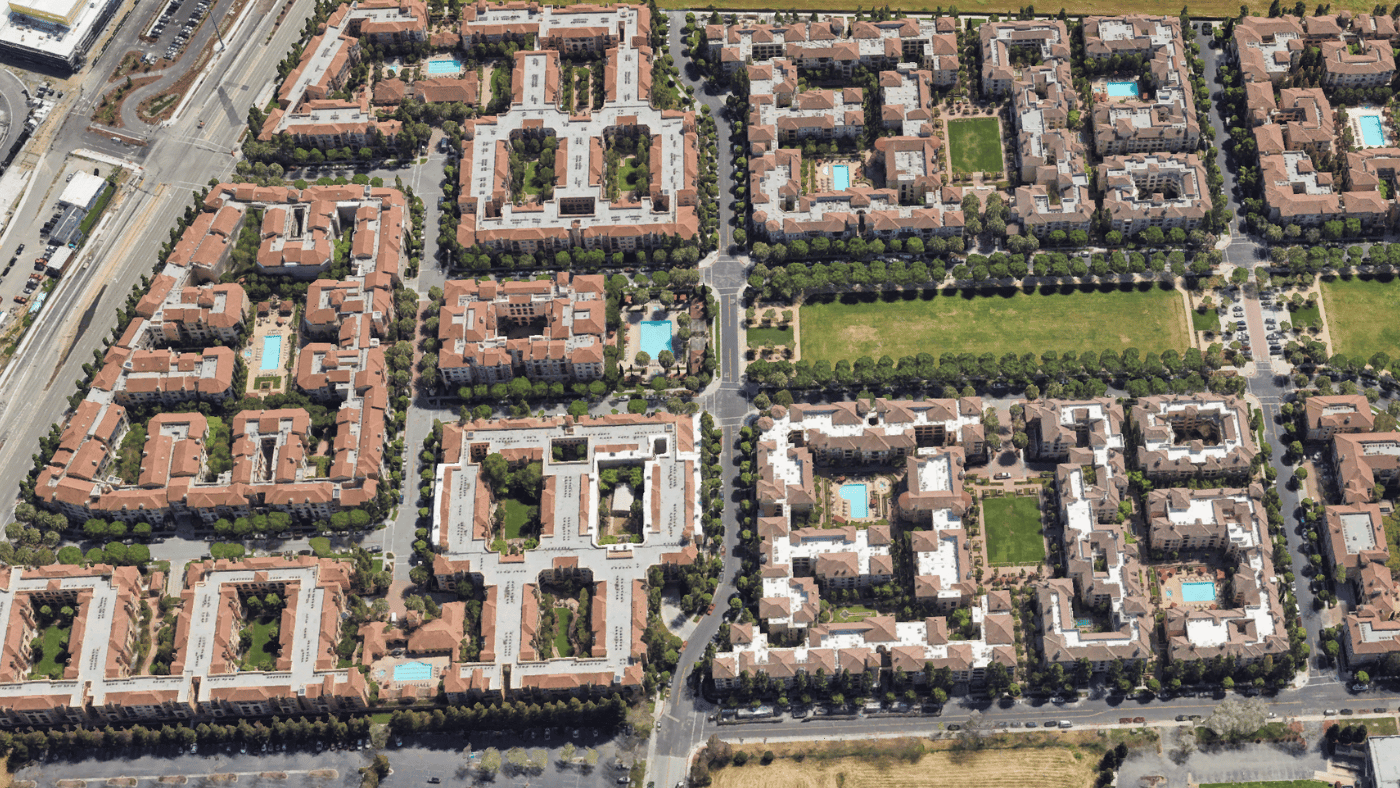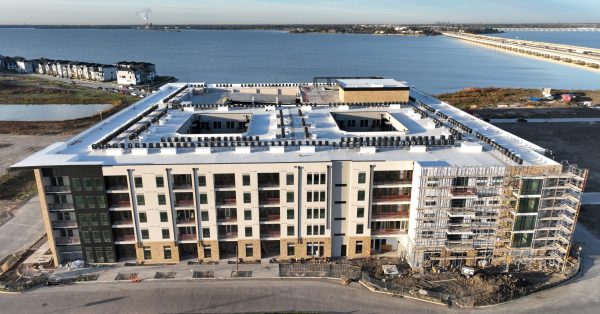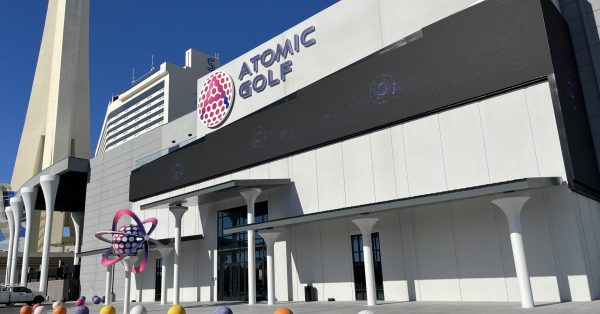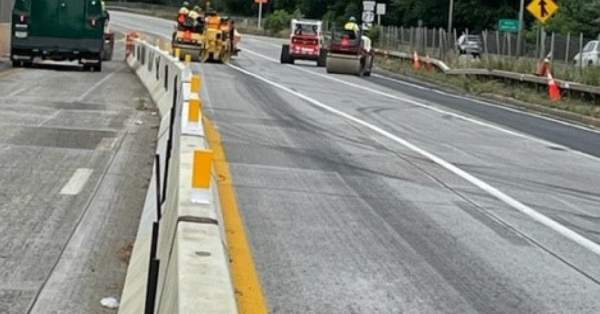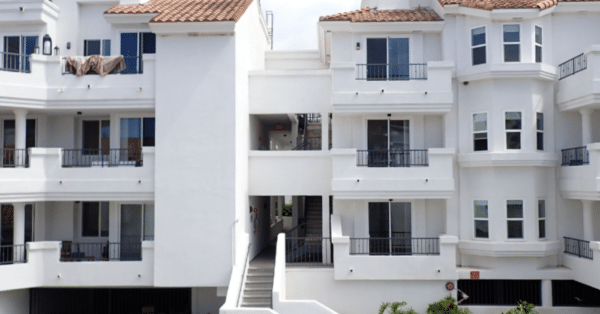This project focuses on the evaluation of Exterior Elevated Elements (EEE)—such as balconies, decks, stairways, and walkways—attached to multi-story buildings. These elements are vital for tenant safety, but over time, exposure to the elements can lead to deterioration and pose safety risks. The primary goal of this evaluation is to ensure compliance with California’s SB721, a law mandating the inspection of at least 15% of exterior elevated elements in residential buildings for safety. The law was passed in response to several fatal accidents involving deteriorating balconies, and although its intent is to enhance public safety, it has created significant logistical and financial challenges for property owners and contractors alike.
This project involves three key parties: the client, a property management company; the general contractor, who had to travel from San Diego to San Jose, CA for the work; and VERTEX, our consulting firm, tasked with evaluating the exterior elements, ensuring compliance, and issuing a report confirming that the client has met the requirements of SB721.
The Client: Property Management and Compliance Oversight
The client is a property management company responsible for a large portfolio of multi-family residential properties throughout California. One of their properties, a 32-building complex in San Jose, is the focus of this evaluation. With thousands of units spread across multiple sites, the client’s primary goal is ensuring compliance with SB721 to avoid liability and protect tenant safety. They have already taken proactive measures to address fire safety concerns due to the region’s high fire risk and the age of the buildings.
Despite their commitment to safety and regulatory compliance, the client faces substantial logistical and financial challenges in meeting SB721’s complex requirements. With nearly 2,400 units across 32 buildings, the scope of work is vast, and ensuring that inspections are thorough without disrupting residents’ daily lives requires careful planning. Furthermore, some of the buildings are undergoing repairs, meaning we had to coordinate our inspections around the ongoing construction activities.
The General Contractor: A Relocation and Logistical Challenge
The general contractor hired for this project is a well-established firm with extensive experience in handling construction repairs, including SB721 compliance work. However, the project posed a unique challenge for them due to the geographic distance between their base in San Diego and the project location in San Jose—roughly 500 miles apart. This distance required the contractor to manage a significant logistical effort, including mobilizing workers, equipment, and materials, while also ensuring the work stayed on schedule despite the additional time and costs associated with travel.
VERTEX: Evaluating Compliance and Offering Solutions
Our firm, VERTEX, was contracted to assess the Exterior Elevated Elements (EEE) across the property. The primary objective was to identify and classify more than 2,300 EEEs, including balconies, walkways, decks, and stairways, and conduct detailed inspections on a representative sample of 366 EEEs over the course of 15 days.
Our inspection process involved drilling into various exterior elements to assess their structural integrity and detect potential safety hazards. Using borescope cameras, we conducted visual assessments and evaluated the condition of key components, especially where water infiltration or deterioration was suspected. One significant discovery during the inspection was the presence of an additional fire barrier (densglass) in the ceilings of five walkways, which required us to drill through the barrier to access the structural elements. Upon completion of the inspections, we sealed the holes with fire caulking using a caulking gun with an extension tube to ensure that the barrier remained intact and compliant with fire safety codes.
Challenges and Critique of SB721
While the inspection process went relatively smoothly overall, several challenges arose, particularly in relation to SB721 and its stringent regulations.
Logistical Complexities: Given the large scope of the property, which includes nearly 2,400 units across 32 buildings, coordination between the client, the general contractor, and our team was critical. The need to accommodate ongoing repairs and work around the client’s operational schedule added time pressure to the project, making it essential to identify and address any non-compliance issues promptly.
Cost Implications: Although the intent of SB721 is to ensure safety, it also imposes a significant financial burden on property owners—particularly those managing older buildings. The cost of inspections, necessary repairs, and upgrades to meet SB721 standards can be substantial. For property owners overseeing large portfolios of buildings, such as our client, these expenses can create financial strain, even though many of the upgrades are essential for tenant safety.
Preparation for the Unexpected: During the preliminary review of the building’s plans, we initially observed a single soffit in the corridor. However, upon drilling initial holes and inserting a borescope, we discovered fire-resistive conditions. Anticipating the need for better access, we had previously discussed with the general contractor the requirement for extra-long drill bits to reach the framing. To facilitate this, we also fabricated extensions for our borescopes, which allowed us to access the upper soffit for a thorough inspection. The general contractor was fully prepared, equipped with fire caulking and long tubes to patch any holes as required by safety standards.
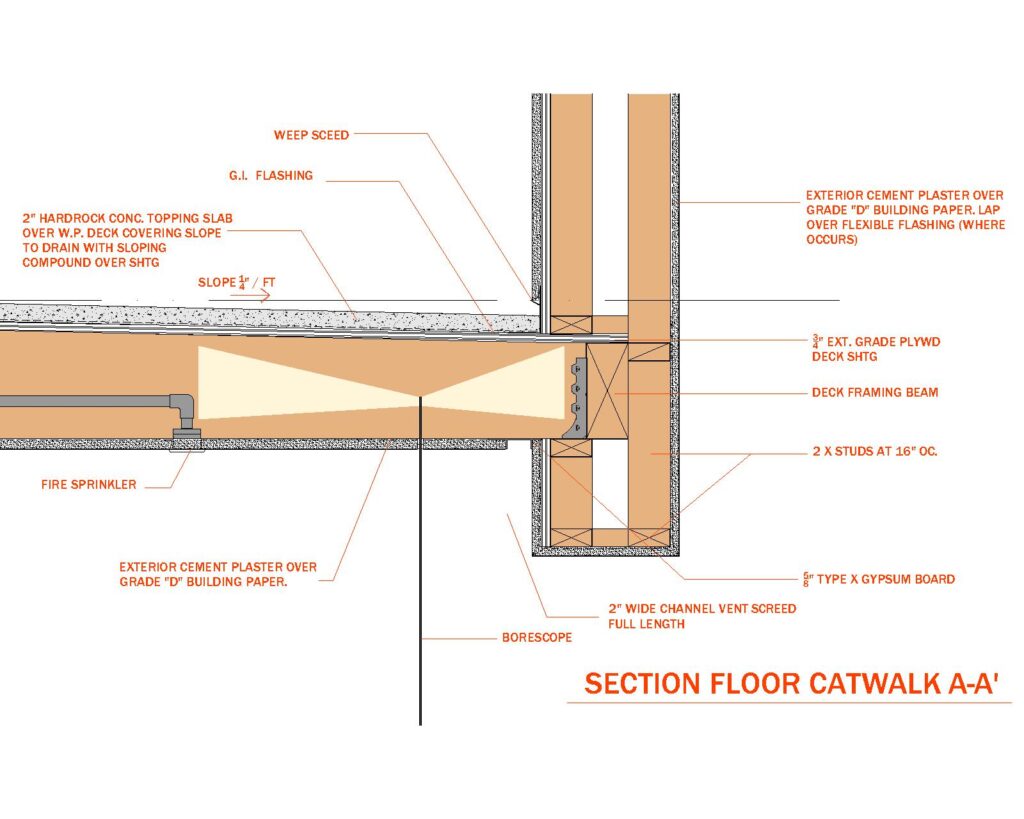
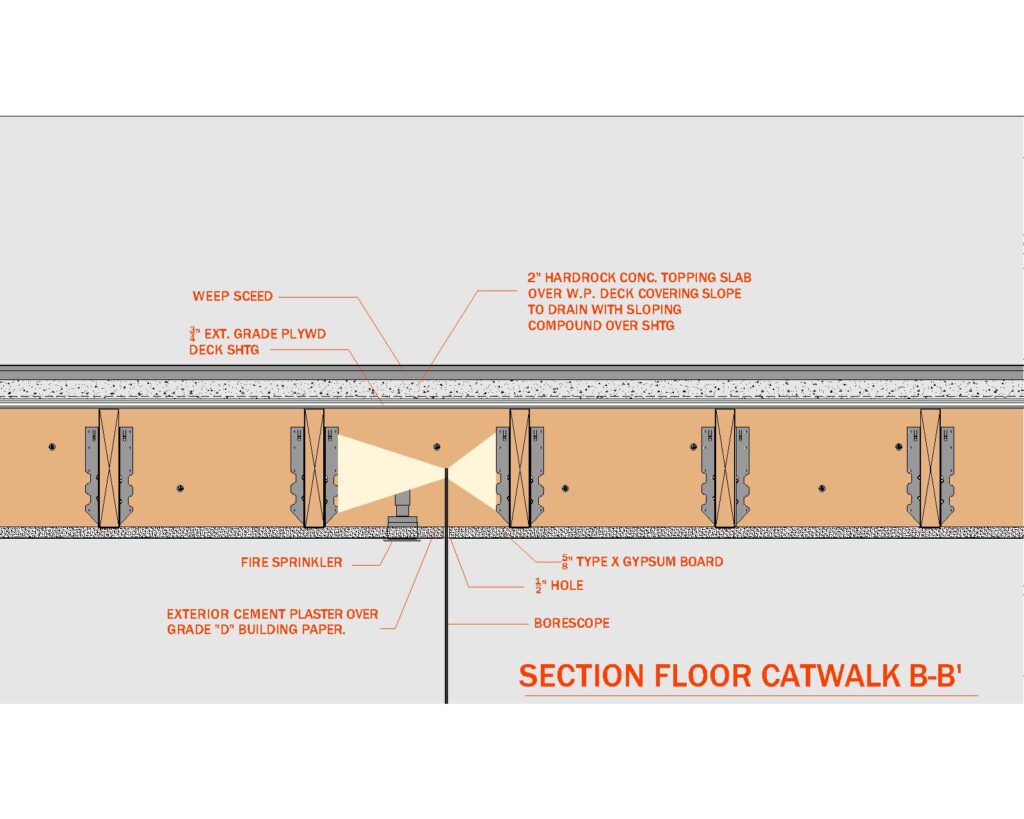
Conclusion
The project to assess and address the Exterior Elevated Elements (EEE) in the client’s San Jose properties presents a range of challenges. The client, driven by the need to comply with SB721 and ensure tenant safety, faces logistical and financial pressures in meeting the law’s stringent requirements. The general contractor, tasked with executing repairs from a remote location, faces the added difficulty of travel, material procurement, and the urgency of completing the work on time. Meanwhile, VERTEX plays a crucial role in evaluating the properties, ensuring compliance, and confirming that the client has met the legal requirements of SB721.
While SB721 is a vital step toward improving the safety of California’s residential buildings, its implementation creates significant challenges in terms of cost, logistics, and timelines. These constraints complicate projects such as this, leaving property owners and contractors grappling to meet the law’s requirements. Through collaboration, planning, and expertise, however, we aim to ensure the client’s properties remain safe, compliant, and free from future safety or legal risks.
To learn more about VERTEX’s Building Assessment and Balcony Assurance services or to speak with a Construction Expert, call 888.298.5162 or submit an inquiry.



